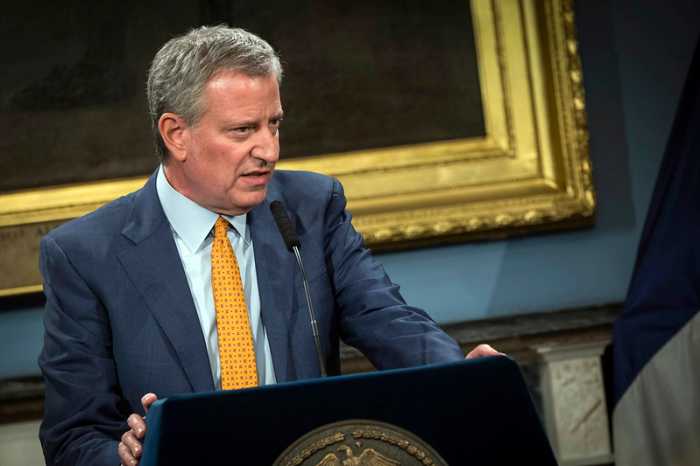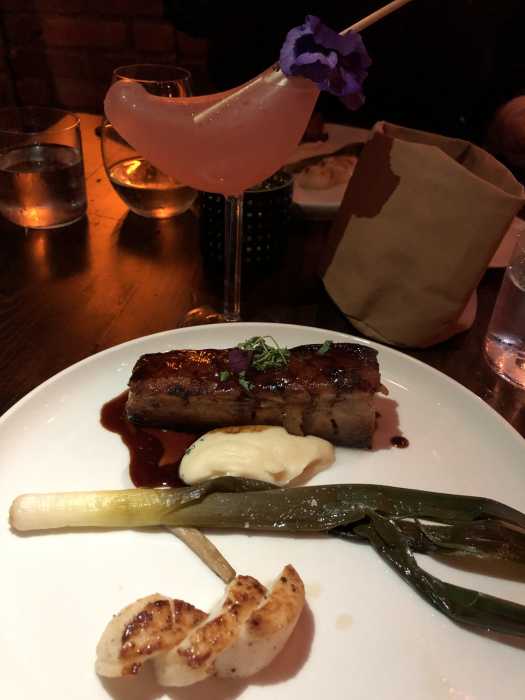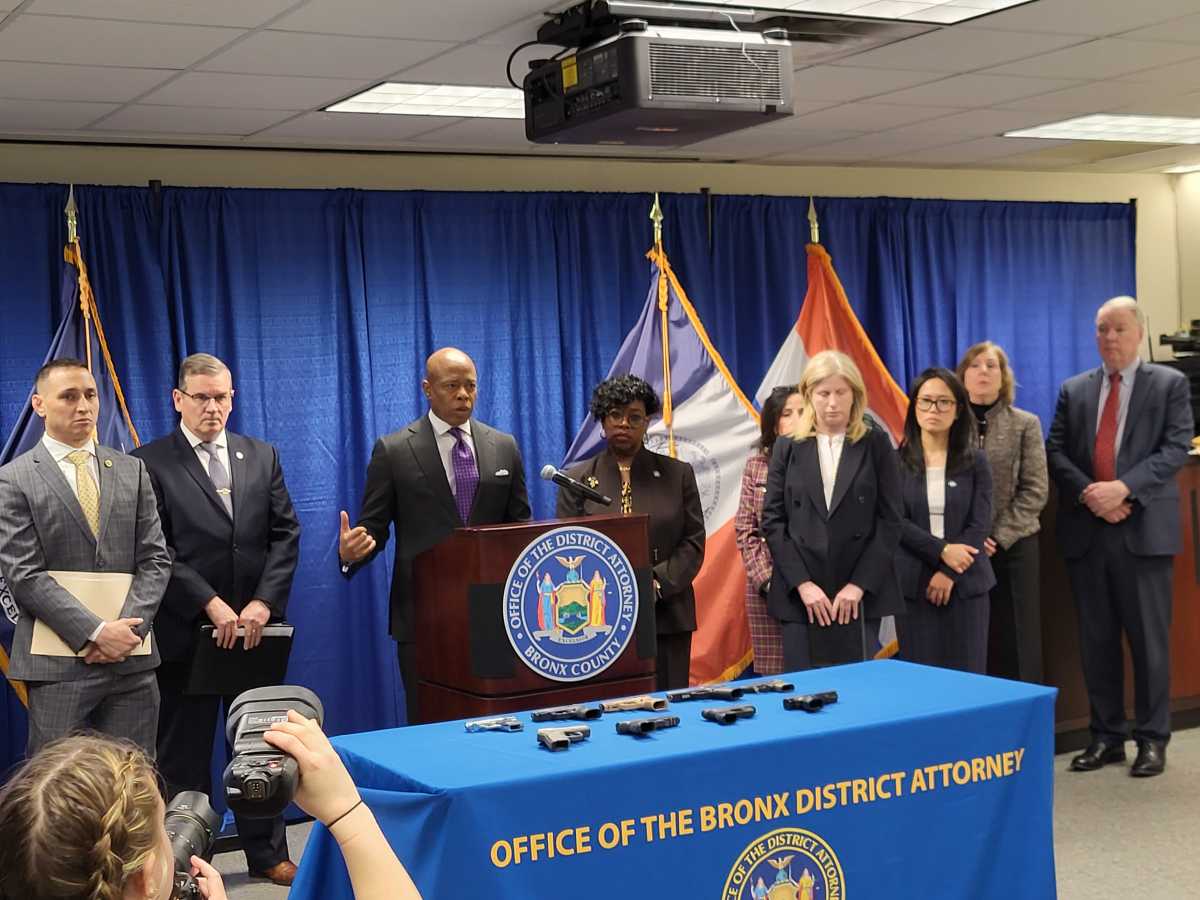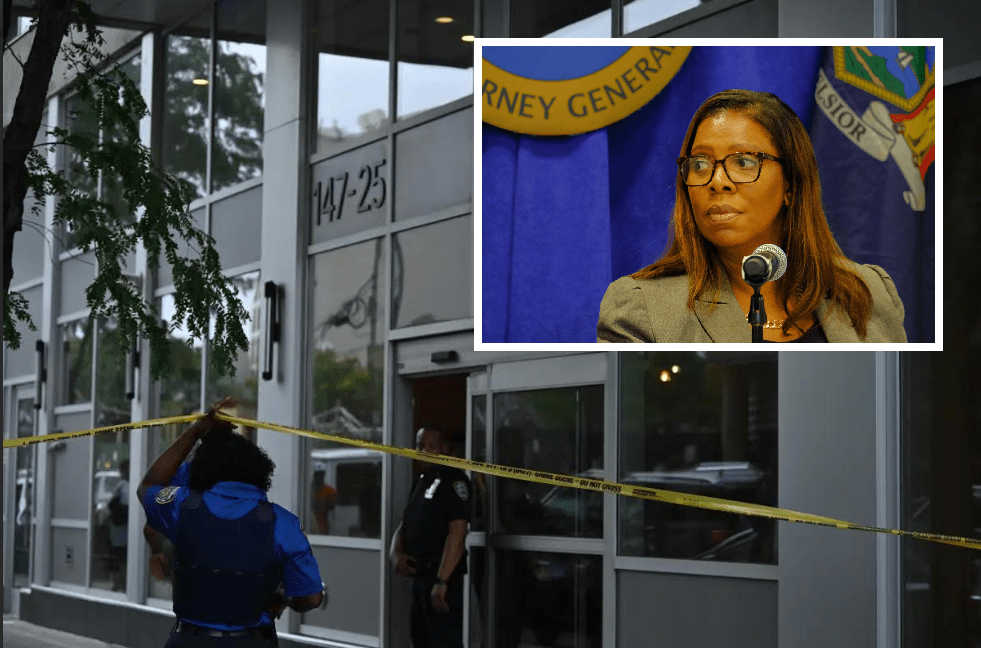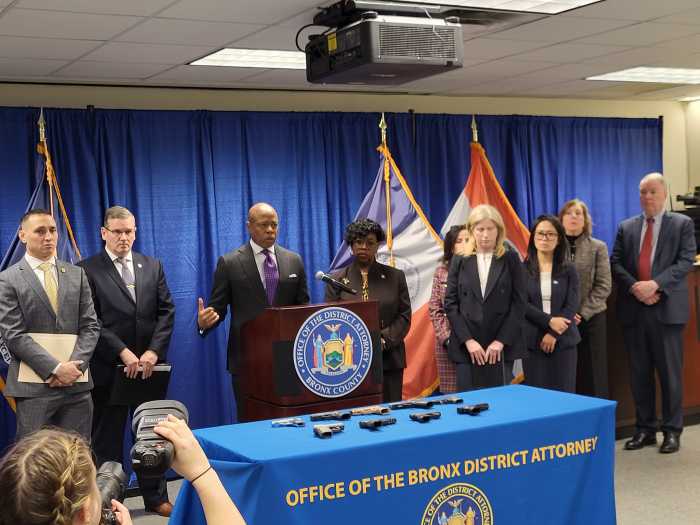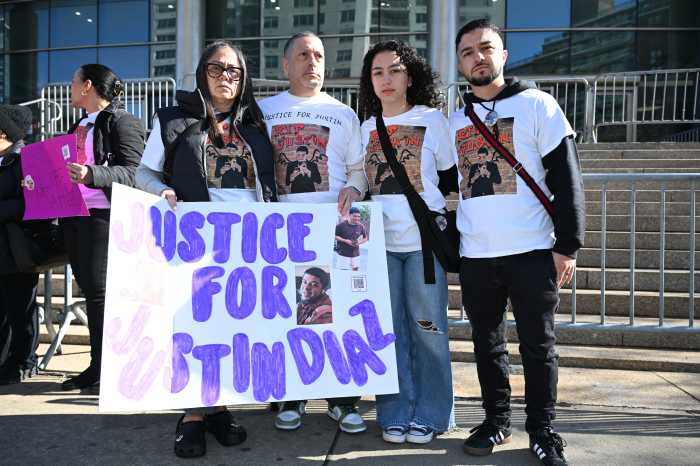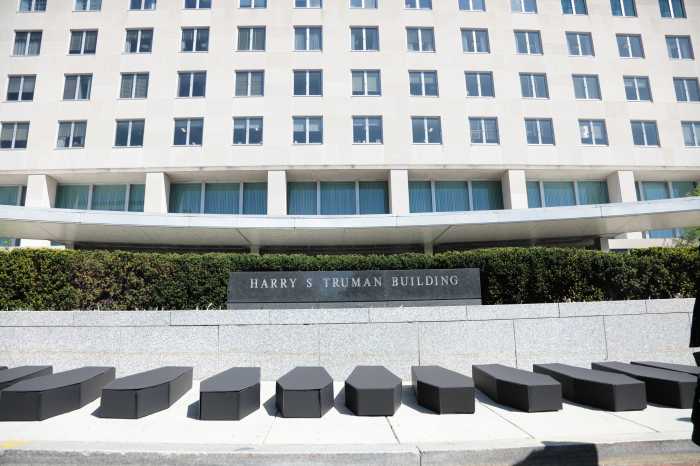In middle of the afternoon, Little Italy restaurants have little to no customers.
Photo by Dean Moses
Restaurants and bars around New York appear to be coming back to life. I look up from my station and see a dining room full of people talking, laughing, eating, celebrating and my world feels alive for the first time in over a year. Vaccinations and loosening government restrictions appear to have resuscitated the nation’s local restaurants and bars and yet our industry is far from making it through the pandemic.
Neighborhood restaurants and bars are dying in plain sight.
Independent restaurants and bars have scratched and clawed for the past 16 months — doing everything possible to continue serving our communities. I had to fire my 30 employees and re-invent Dirt Candy as a fast casual restaurant, serving sandwiches and salads, doing take-out and delivery, serving my guests on the side of what’s essentially a highway, sometimes in the middle of weather so cold I had to wear a snowsuit to bring them their food. I did it all with a staff of six. But I’m lucky. Many restaurants I know had to do more with even less. But our pandemic-long battle has come at a cost — restaurants and bars have lost
over $280 billion since the start of the pandemic.
For many of my colleagues, the immediate financial hardship imposed by the pandemic was simply too much to keep their businesses afloat. Over 90,000 had no choice but to close their doors, but those of us who are still open are barely hanging on.
39% of restaurants cannot pay their June rent — these missed supplier, rent, and utility payments are creating a mountain of debt that will soon come due.
Many restaurants are still struggling with headwinds brought on by the pandemic. Guests are still hesitant to return to the dining room as
36% of diners will not resume their regular dining behavior until at least after September 2021.
Costs necessary for running a restaurant are rising. The price of beef and veal (10.5%), grains (25.7%), and cooking oils (9.3%) all increased between April and May of 2021.
Even if our dining rooms are packed night after night, our low margin businesses will not be able to climb out of the hole the pandemic has placed us in. Back rent, purveyors bills and all the debt that has accrued over the past year is coming due. We will have no choice but to close our doors, causing a New York economic crisis that threatens New York’s $51.6 billion economy, 50,153 small businesses, and the 966,600 leisure and hospitality workers we support.
There is hope for New York’s restaurants and bars. Earlier this year, President Biden signed the Restaurant Revitalization Fund (RRF), a $28.6 billion federal grant program based on the RESTAURANTS Act, a $120 billion grant program designed by the neighborhood bar and restaurant owners from the Independent Restaurant Coalition to help businesses like mine survive the pandemic.
The RRF was massively successful and widely popular. In just three and a half weeks, more than 278,000 restaurants and bars applied, requesting over $72 billion. I was one of the many eager applicants hoping this program would provide my businesses with the relief I needed to keep my doors open and continue living my dream. Unfortunately, I was not one of them.
Restaurants and bars always knew that $28.6 billion was never going to be enough. We asked for $120 billion last year and one point of sale application estimates that restaurants and bars are eligible for at least $168 billion in RRF grants.
There is some hope on the horizon. In both chambers of Congress, there is a $60 billion bill that would refill the RRF and it is rapidly gaining bipartisan support. Our Representatives need to fight for our beleaguered industry now so we can survive and continue to serve our neighbors, energize our regional economies, and drive our supply chains. Failing to refill the RRF will cause an employment crisis that will disproportionately affect single mothers, people of color, immigrants, young people and the formerly incarcerated, crippling an industry that provides ladders of opportunity without extreme barriers to entry. I know Leader Schumer understands what neighborhood restaurants and bars mean to our communities. That’s why he called the $28.6 billion a down-payment in March. Now independent restaurants and bars need him to make our survival a priority and lead our fight to refill the RRF.
I’m not a politician, I don’t think big. I’m just a girl who owns a restaurant and my biggest dream is serving dinner to my guests, being part of the background of their lives as they go on dates, fall in love, and celebrate their happiness. That’s all. If Congress fails to refill the RRF, there’s a very good chance that I will close, and so will thousands of small restaurants like mine. The RRF will make us whole for 2020, keep us from taking on even more debt, and let us bring back the workers we need at salaries that let them rebuild their lives. If we close, our suppliers will lose even more customers just when they’re struggling to restart, our current staff members will lose their incomes, and our customers lose yet another place that was a part of their lives before 2020.
Our representatives can save thousands of small businesses, keep Americans working, and reinvigorate the economy by refilling the RRF.
Amanda Cohen is the Chef/Owner of Dirt Candy in Manhattan.






